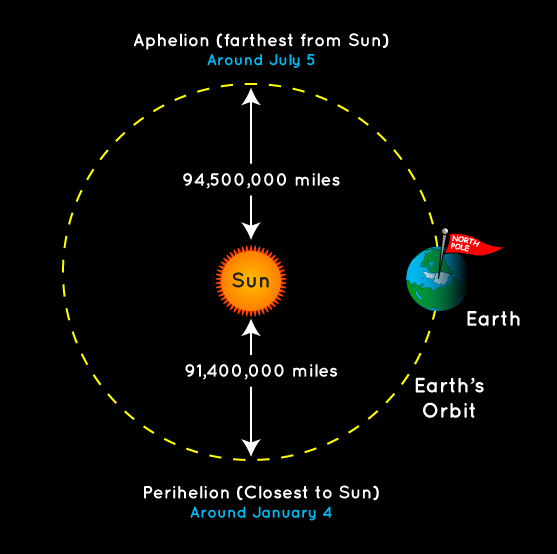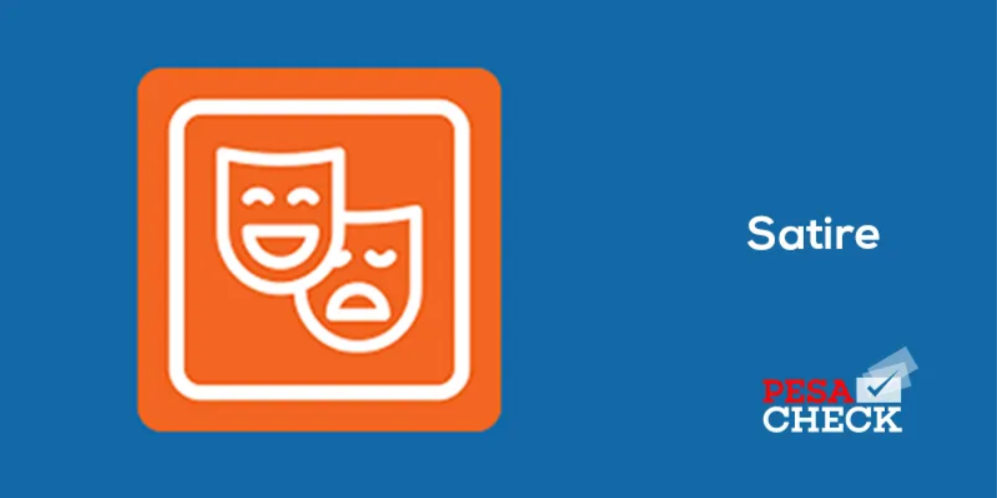By Nicole Tau
A viral post claims that Earth’s aphelion, the point farthest from the sun, hits on 2 May 2025, plunging us into the coldest spell on record from July through August, and that this chill will trigger an onslaught of flu, coughs, and breathing problems unless we “load up” on vitamins. The claim is false.
On 3 March 2025, a Facebook user (93K followers) made a post claiming that starting 4 May at 5 AM, Earth will reach aphelion, 152 million km (66 per cent farther than usual), triggering a record‑cold spell through August that causes flu, coughing, and breathing problems, and urges everyone to boost immunity with vitamins and share the warning widely.
However, the Aphelion phenomenon in 2025 actually falls on or around 3 July 2025 at around 19:54 UTC, not 2 May. Earth reaches its farthest orbital point two weeks after the June solstice, i.e., early July, not May.

The claim asserts Earth moves 66 per cent farther from the Sun at aphelion (152 million km vs. 90 million km). That is not true. The National Aeronautics and Space Administration (NASA’s) Planetary Fact Sheet confirms that although the average distance from the sun is at 150 million km, at aphelion (early July), 152 million km which is just 3.3%, not 66%, farther than average. Essentially, it is like if one’s home is 10km from work, a 3.3% change is likely moving 330m farther, which is barely enough to notice and certainly not enough to make one’s commute feel freezing.
As Britannica explains, aphelion simply means the moment when a planet, or anybody in space, reaches its greatest distance from the Sun. In Earth’s case, that peak distance is about 152 million kilometres (roughly 94 million miles) from the Sun’s centre, our farthest “stop” on the orbital racetrack each year.
Another way to look at it is by comparing aphelion to perihelion, Earth’s closest approach in early January. At aphelion, the planet is about 4.8 million kilometres (3 million miles) farther out than it is at perihelion.
Aphelion is a single moment in Earth’s orbit, not a prolonged event.
Moreover, seasonal cold spells are unrelated to this phenomenon. That means seasons and weather depend on axial tilt, not orbital distance. As NASA further explains, Earth’s 23.5° axial tilt dictates seasonal temperature swings by changing the Sun’s angle and daylight hours, not how far we are from it. In July (when aphelion occurs), the Northern Hemisphere basks in summer, while the Southern Hemisphere experiences winter due solely to tilt.
The National Institute for Communicable Diseases also confirms that there is also no link between aphelion and health risks.
As the NICD explains, “The only way to catch the flu is by being exposed to the flu virus. The flu season coincides with the cold weather and so naturally people associate the two.”
Seasonal spikes in respiratory illness stem from viral circulation and human behaviors (e.g., more indoor gatherings in winter), not Earth’s orbital eccentricity.
The “aphelion cold spell” is a recurring hoax that happens almost every year, a mix of calendar errors, exaggerated distances, and scare‑tactic health advice. Next time someone warns you of cosmic chills, remind them that it’s tilt, not distance, and viruses, not orbits, that drive our weather and coughs.
This fact-check was produced by Nicole Tau, CheckDesk, MISA Lesotho, as part of the African Fact-Checking Alliance’s (AFCA) incubation programme. It was produced with peer-mentorship from Code for Africa’s fact-checking initiative, PesaCheck, with financial support from Norway. AFCA mentorship respects the journalistic independence of the researchers, offering access to advanced techniques and tools. Editorial decision-making remains with MISA Lesotho. Want to learn more? Visit: https://factcheck.africa/








